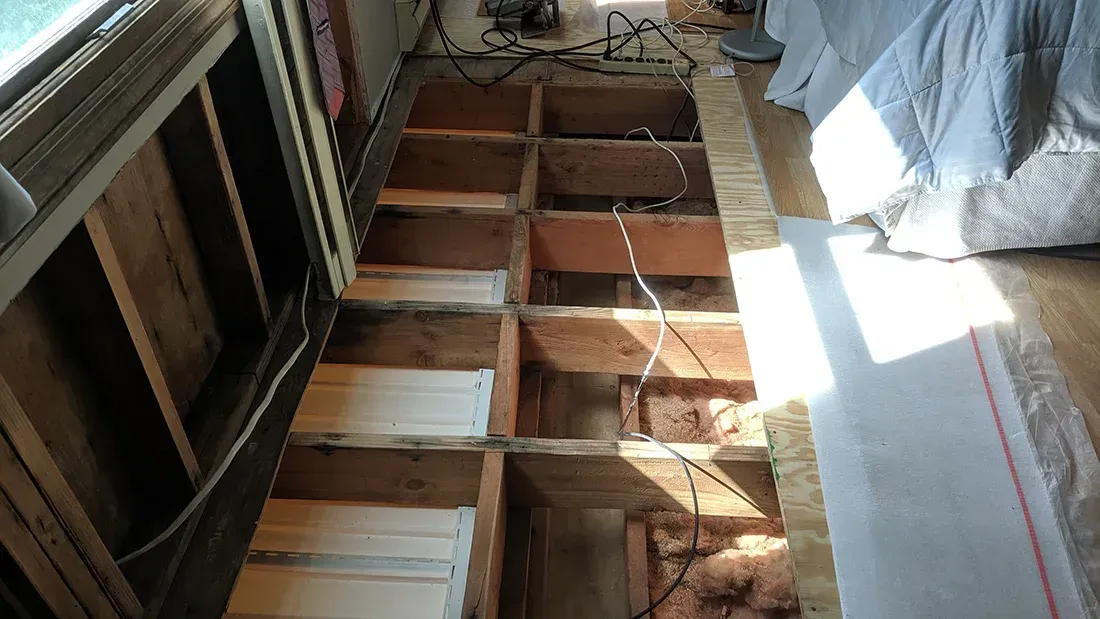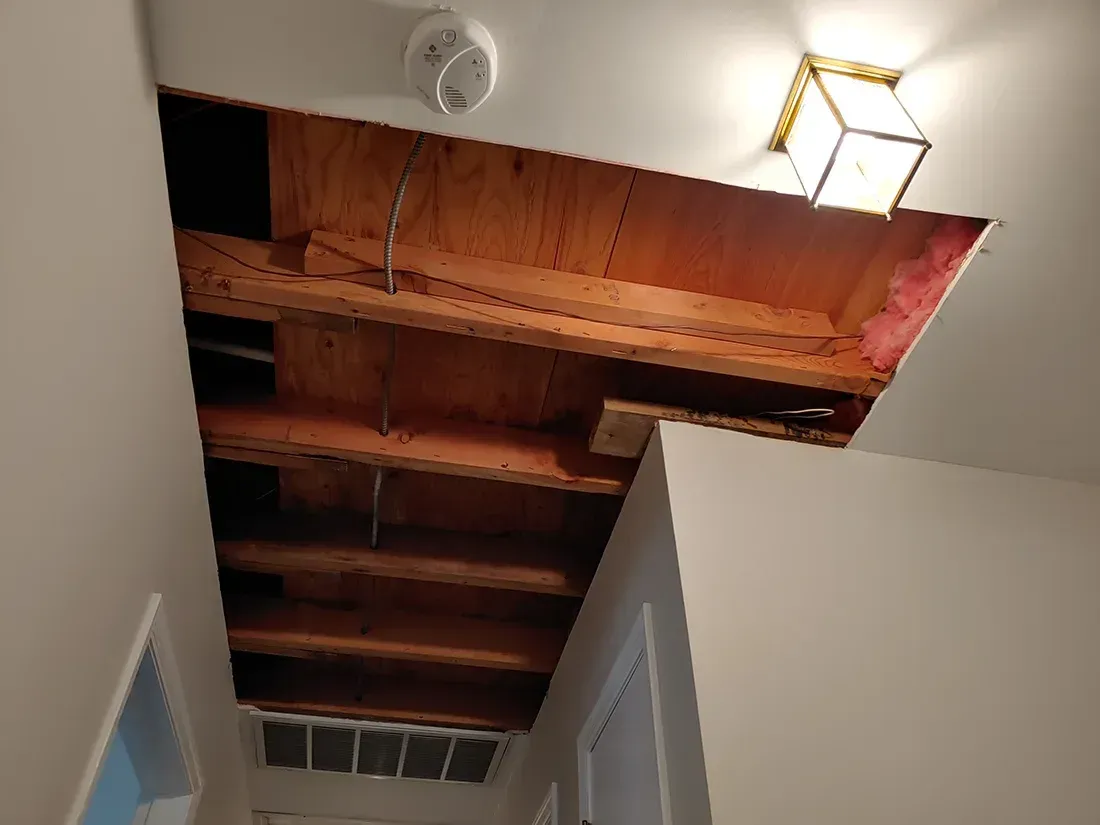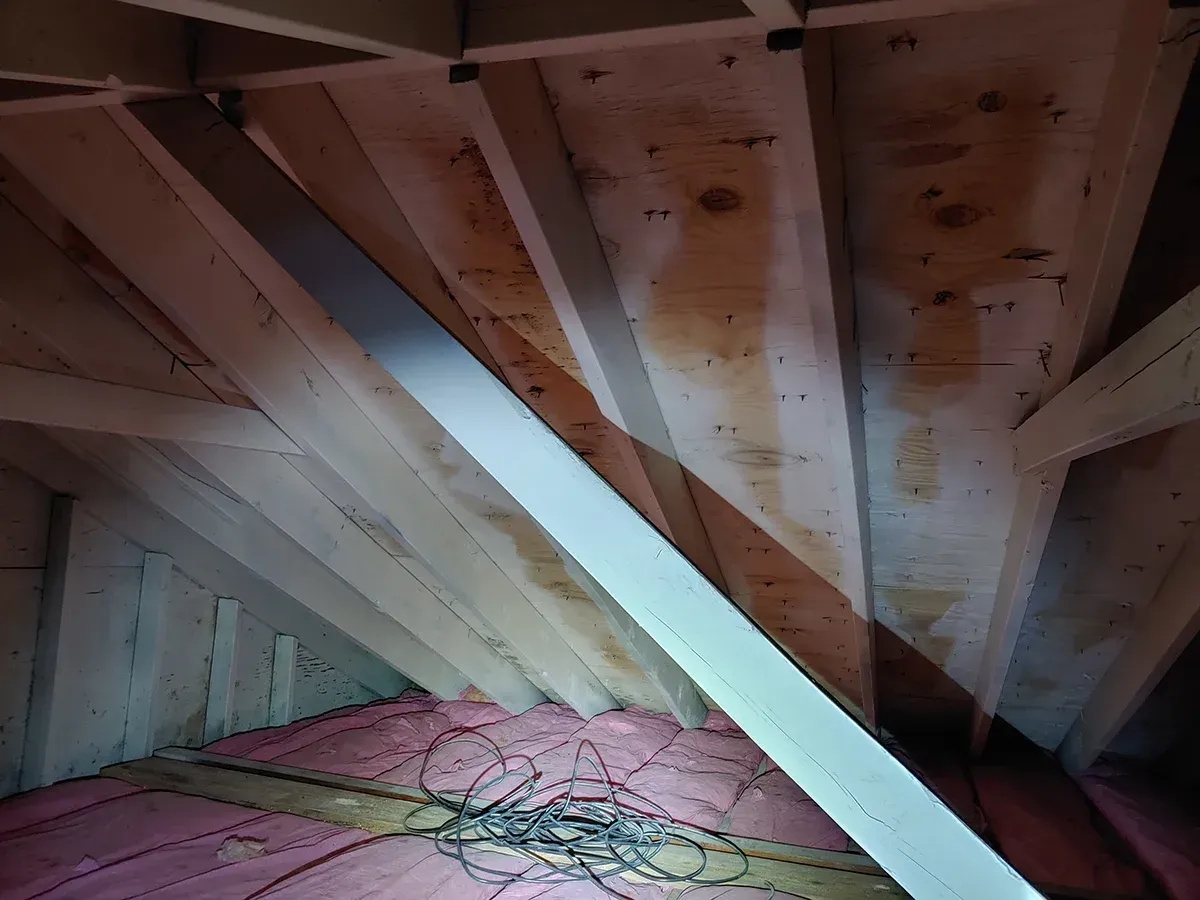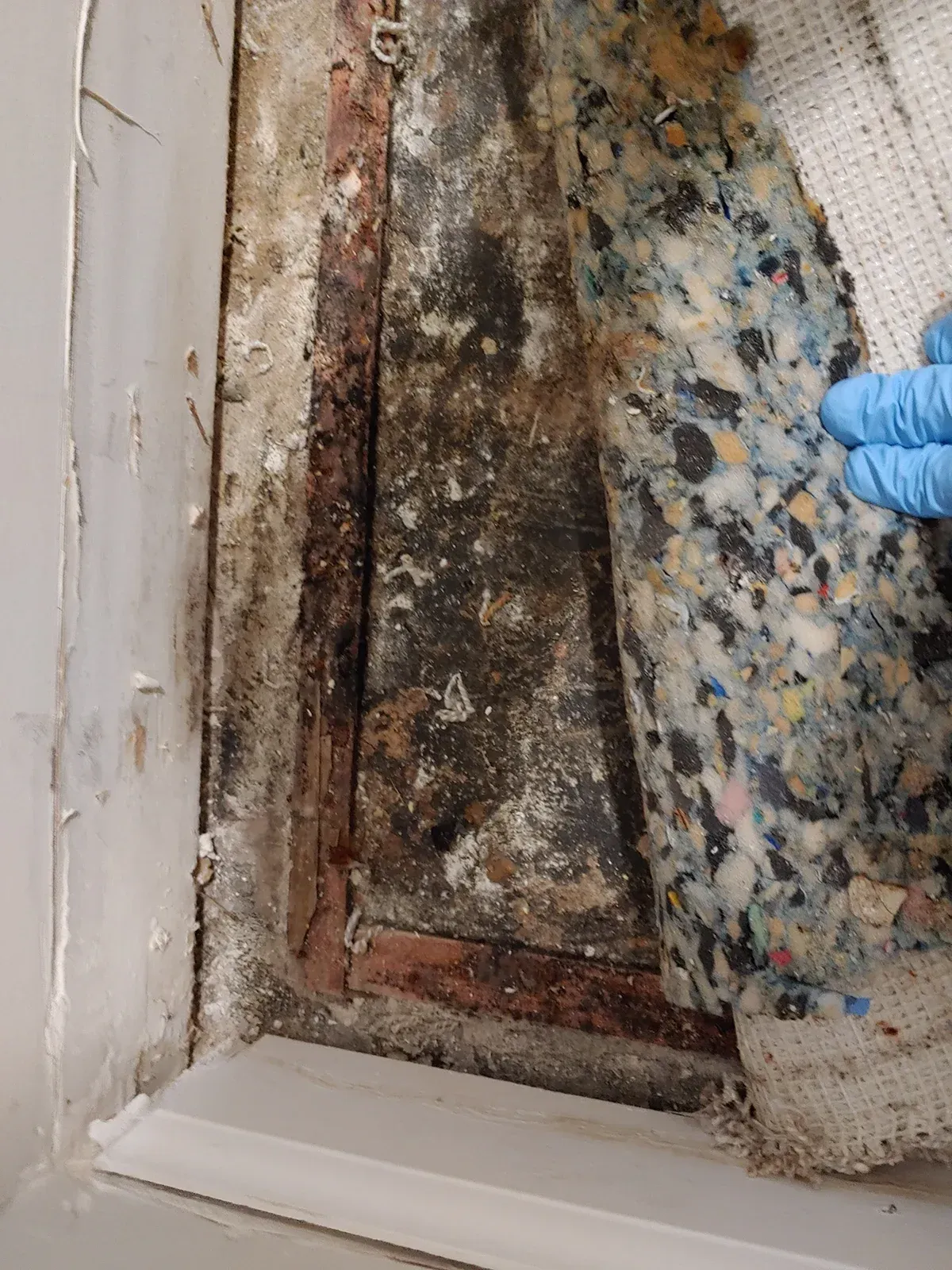White Fuzz on Floor Joists: Is That Mold or Efflorescence? (crawlspace mold remediation)

It’s Easy to Worry When You Don’t Know What You’re Looking At
You’re down in your crawl space for the first time in months. Maybe you went in to check on a plumbing repair, store something, or just satisfy your curiosity. Then you see it: a pale, almost fluffy coating on your floor joists. Your mind races: Is this dangerous mold? Is my family breathing this in? Or is it something harmless?
That uncertainty is frustrating. You don’t want to overreact, but you also don’t want to ignore a problem that could harm your health or damage your home. This is a common scenario for homeowners in coastal South Carolina, where our humid climate makes crawl space issues more likely. Understanding the difference between white mold and efflorescence — and knowing exactly how to tell them apart — is the first step toward peace of mind. And if it turns out to be mold, knowing how crawlspace mold remediation works will help you take swift, effective action.
Why This Distinction Matters for Your Home and Health
White mold and efflorescence may look similar at first glance, but their causes, risks, and fixes are completely different. Mistaking one for the other can lead you to take the wrong action, either spending money on unnecessary mold remediation or ignoring a moisture problem that could grow into something serious.
In Myrtle Beach and similar coastal regions, where high humidity, frequent rain, and vented crawl spaces create perfect conditions for both issues, knowing what you’re dealing with can save you time, money, and stress. Let’s break down the differences in appearance, texture, and behavior so you can know your next step.
How to Visually Tell Mold and Efflorescence Apart (key for crawlspace mold remediation decisions)
If your first look in the crawl space leaves you unsure what you’re dealing with, you’re not alone. This is where most homeowners get stuck. You’ve already learned that both mold and efflorescence point to moisture problems, but the stakes are different depending on the specific issue. Misidentifying what you see could mean ignoring a health hazard or spending money on the wrong fix. That’s why this step is so important: before you think about cleaning or repairs, you need to be confident in what you’re looking at. The fastest way to get there is by comparing how each one looks, feels, and behaves at first glance.
· Material it’s on:
o Efflorescence forms on masonry like concrete or brick. Finding it on wood joists is unusual.
o White mold thrives on organic surfaces like wood, paper, or insulation, so white fuzz on a wood joist is far more likely to be mold.
· Texture and structure:
o Efflorescence looks and feels like chalky dust or tiny salt crystals. It brushes off easily.
o Mold appears fuzzy, cottony, or web-like. It clings to the surface and may smear rather than brush away.
· Odor:
o Efflorescence has no smell.
o Mold often has a musty, earthy odor. If the crawl space smells like a damp basement or wet cardboard, mold is likely.
· Pattern:
o Efflorescence often forms in lines or patches following moisture migration through masonry.
o Mold spreads in irregular colonies or patches.
If the fuzz is on wood and fits the mold description, it’s worth confirming before taking action.

Simple Moisture Checks You Can Do Yourself
Moisture drives both problems, but in different ways. You can use a few quick tests to help confirm what you’re seeing:
1. Water test: Spray a small amount of water on the area.
a. If it dissolves or fades, it’s efflorescence (salt dissolving).
b. If it stays, it’s likely mold.
2. Vinegar fizz test: Spray white vinegar.
a. Efflorescence may fizz slightly as the acid reacts with alkaline minerals.
b. Mold will not fizz, though the vinegar may dampen and temporarily darken it.
3. Check wood moisture: Use a simple pin-type moisture meter (available at hardware stores).
a. Wood consistently above 20% moisture content is at risk for mold growth.
b. Efflorescence doesn’t depend on wood moisture since it’s from masonry.
These tests aren’t a substitute for a professional inspection, but they can help you decide if you need one quickly and if you may be scheduling crawlspace mold remediation in the near future.
Why Coastal South Carolina Homes Are Especially Vulnerable
In our area, the combination of high year-round humidity, seasonal storms, and vented crawl spaces creates an environment where both mold and efflorescence can appear. Moist air seeps into crawl spaces, condenses on cooler wood and masonry, and leaves behind either salt deposits or fungal growth.
Because homeowners rarely enter their crawl spaces, these issues can go undetected for months or years. That’s why periodic inspection, especially after heavy rains or during humid summer months, is critical.
What to Do Next
If your quick checks point to mold:
· Act promptly. Mold on joists won’t go away on its own.
· Get a professional mold inspection. A trained professional can confirm the problem and identify the moisture source.
· Remediate and correct moisture issues. This might mean improving crawl space ventilation, sealing air leaks, or installing a vapor barrier.
If your checks suggest efflorescence:
· Investigate the water source. Even though efflorescence isn’t harmful by itself, it means water is moving through your foundation or masonry.
· Improve drainage and seal masonry to prevent recurrence.
Protect Your Crawl Space Before Small Issues Grow
Whether it’s mold or efflorescence, white fuzz in your crawl space is telling you something: moisture is present, and your home needs attention. In Myrtle Beach’s climate, that moisture can quickly turn into a bigger problem if ignored.
If you’re unsure what you’re seeing, call Mastertech Environmental for a thorough crawl space mold inspection in Myrtle Beach. We’ll determine exactly what you’re dealing with, address the source, and give you a clear plan to protect your home and your health, including crawlspace mold remediation when needed.



